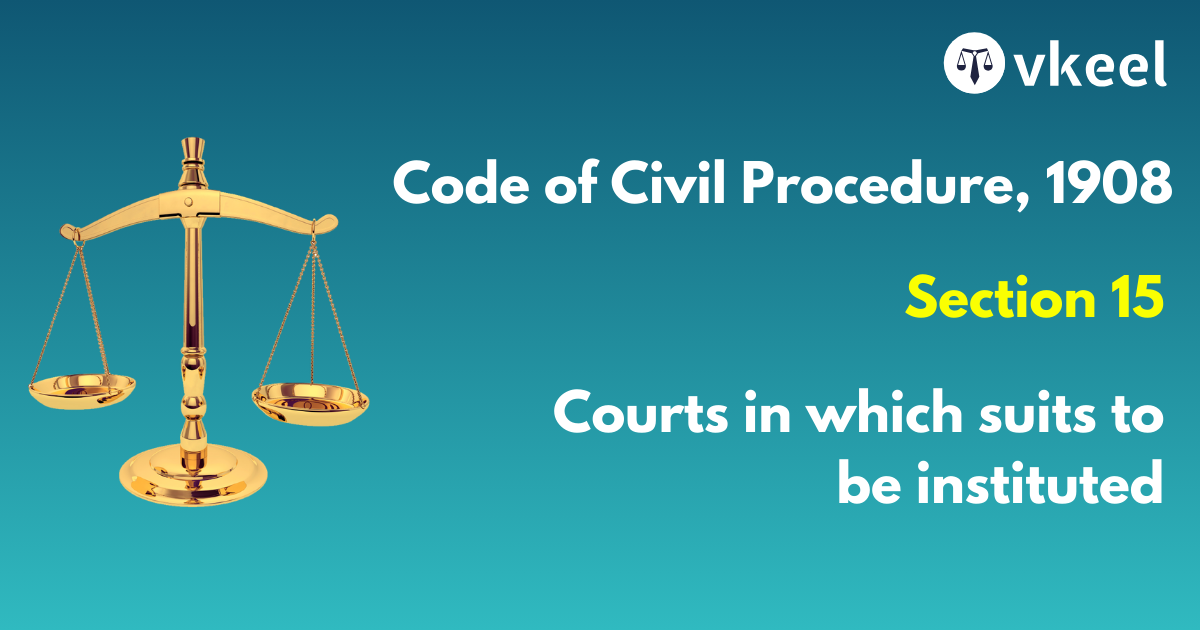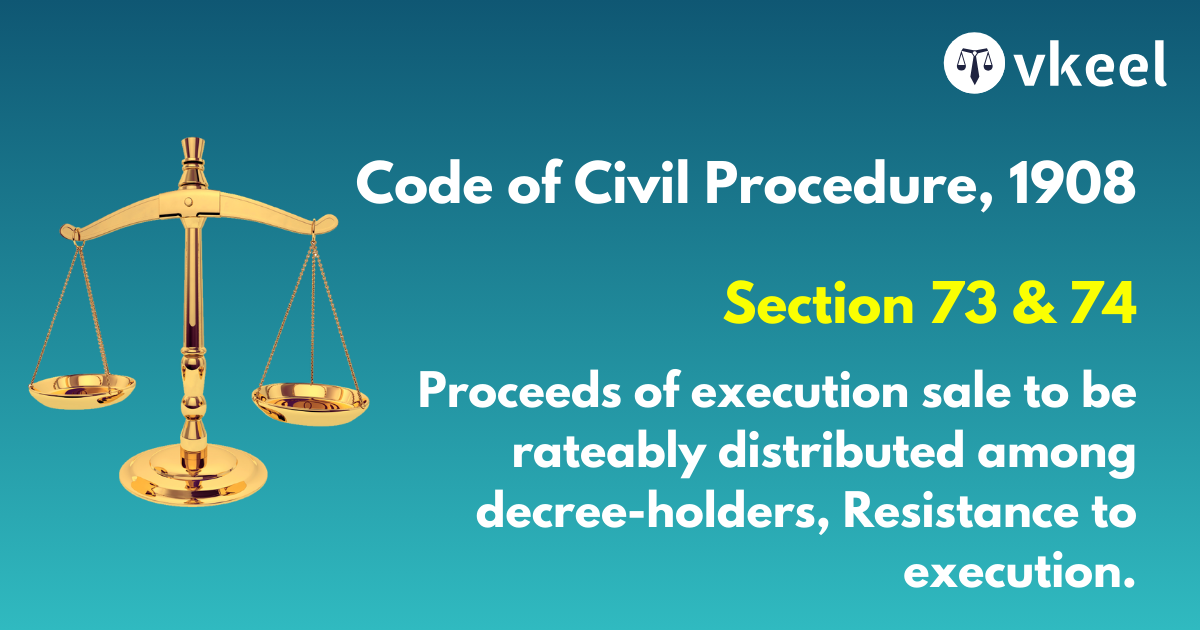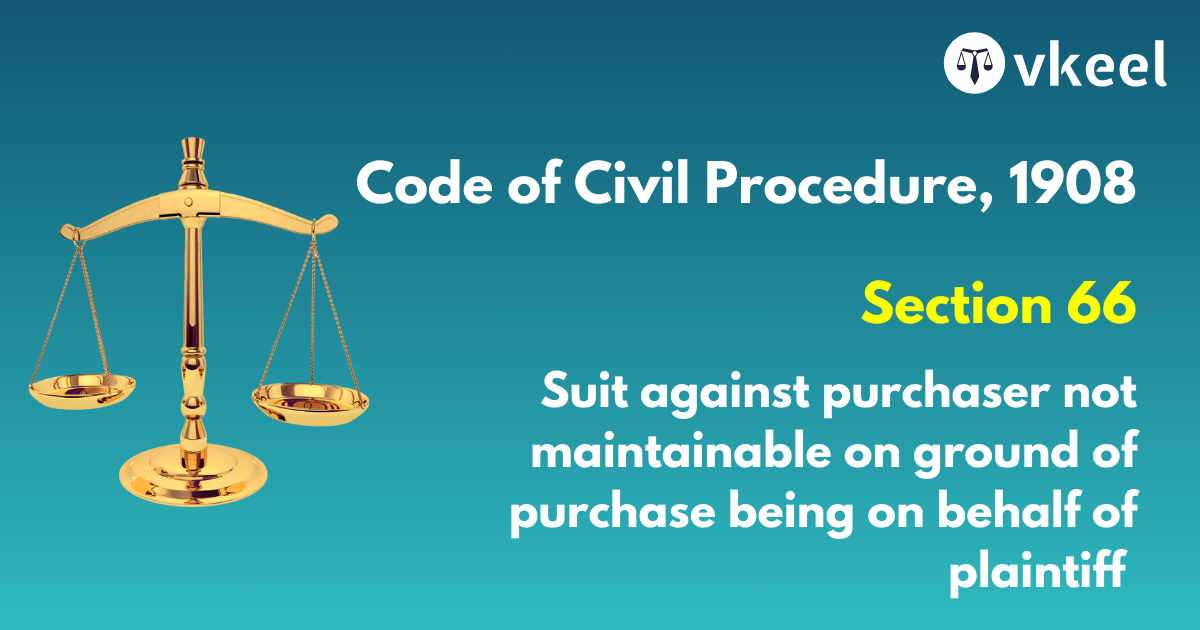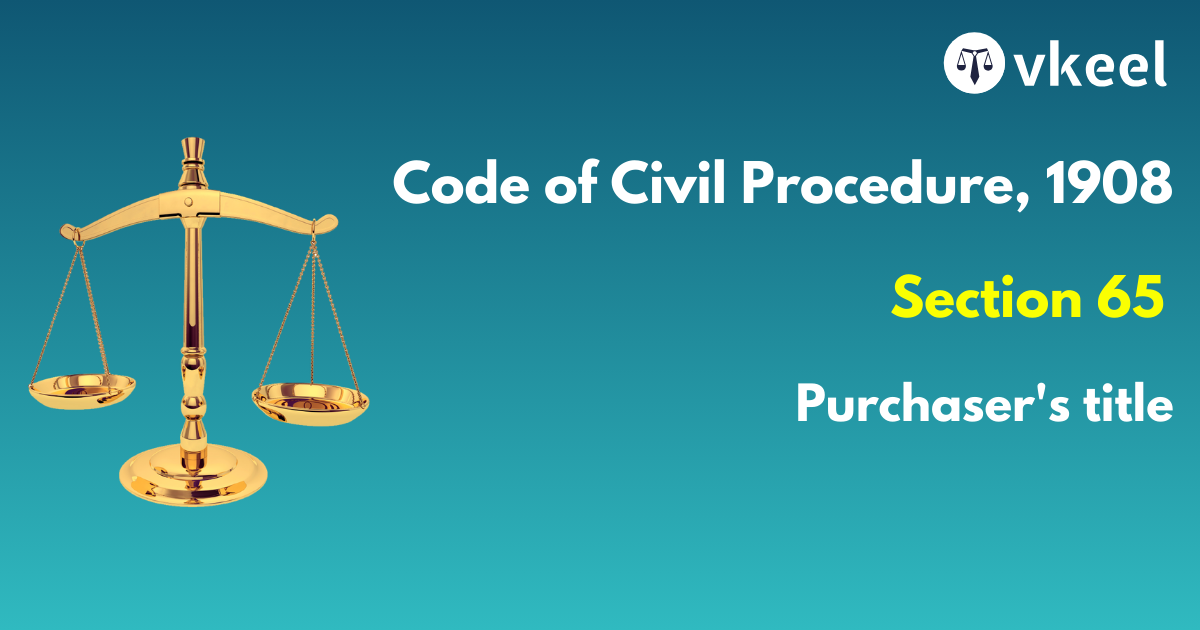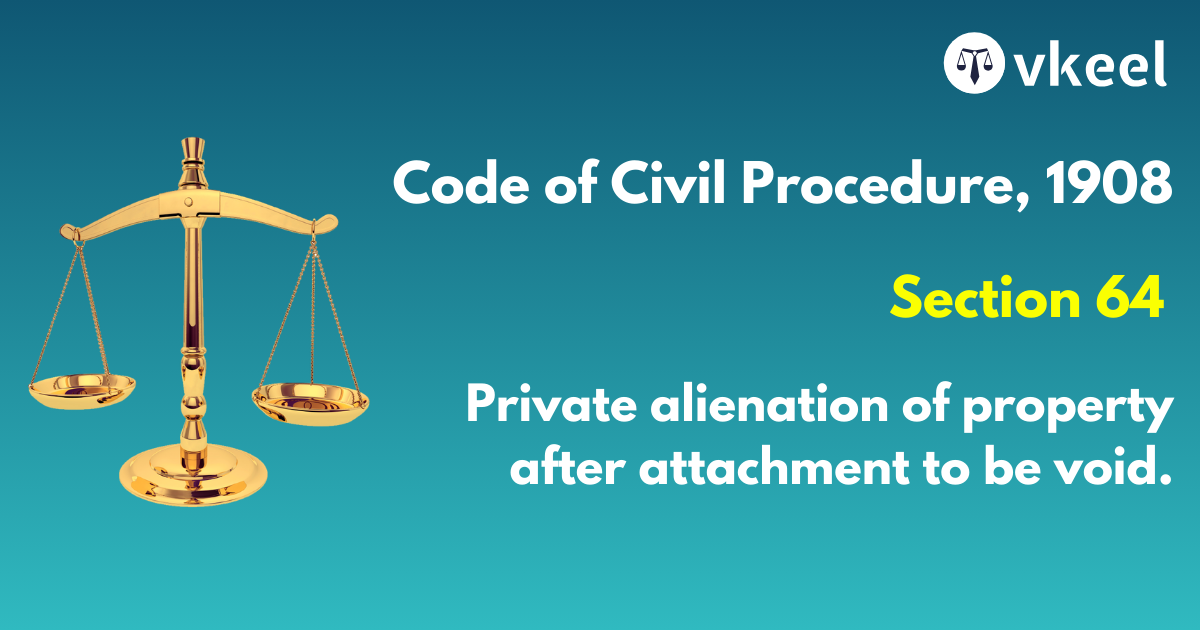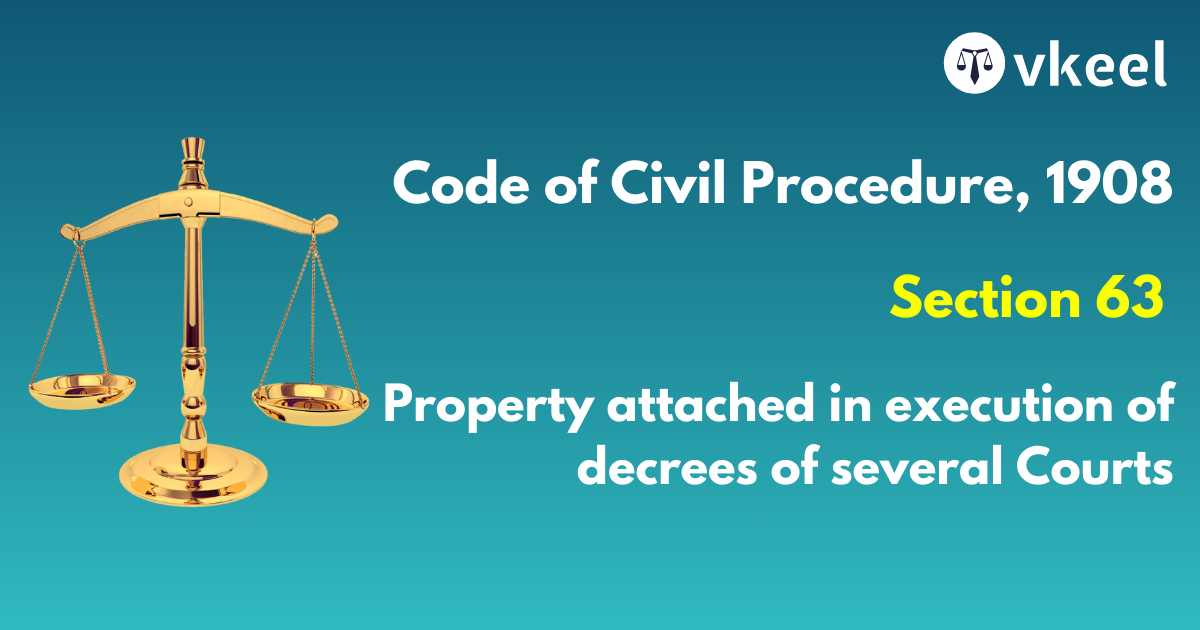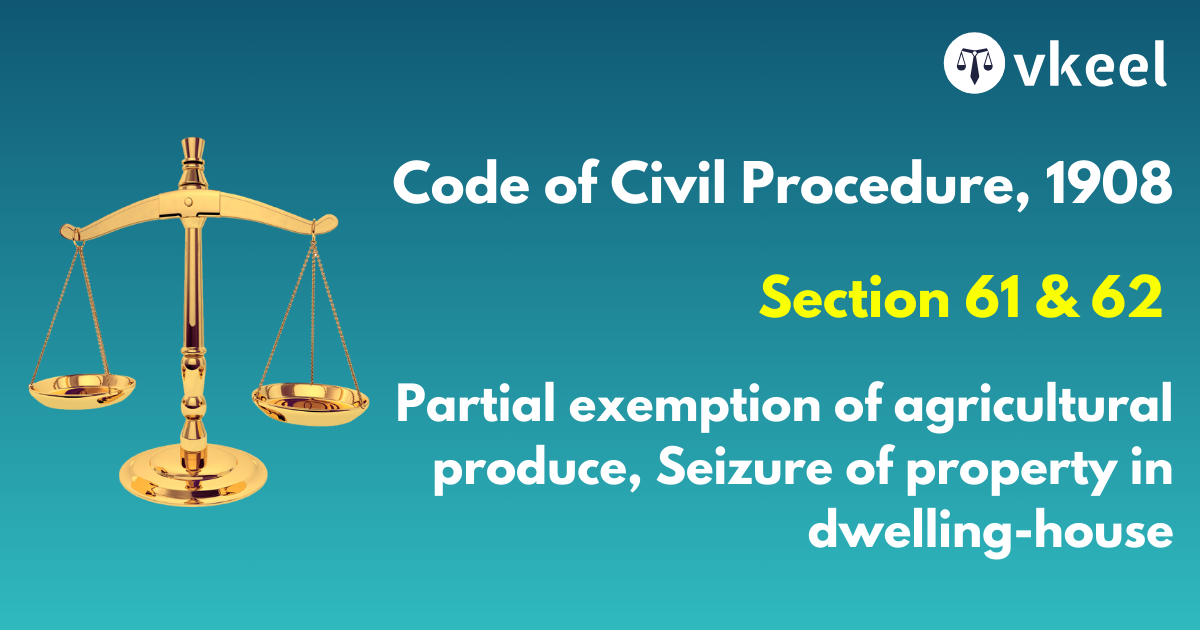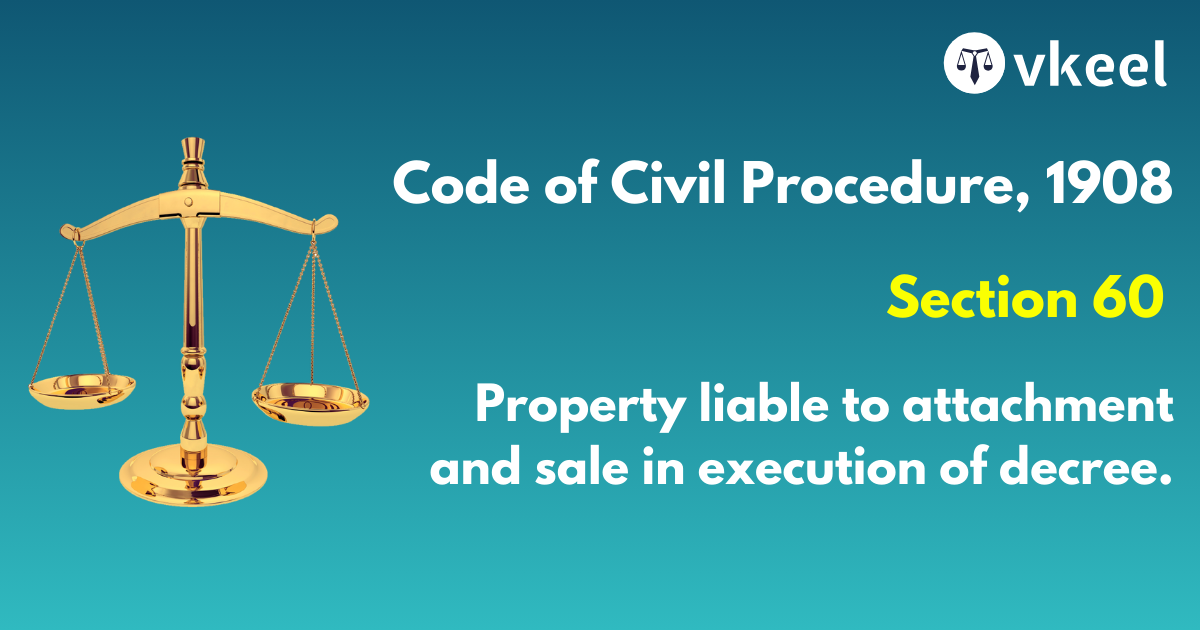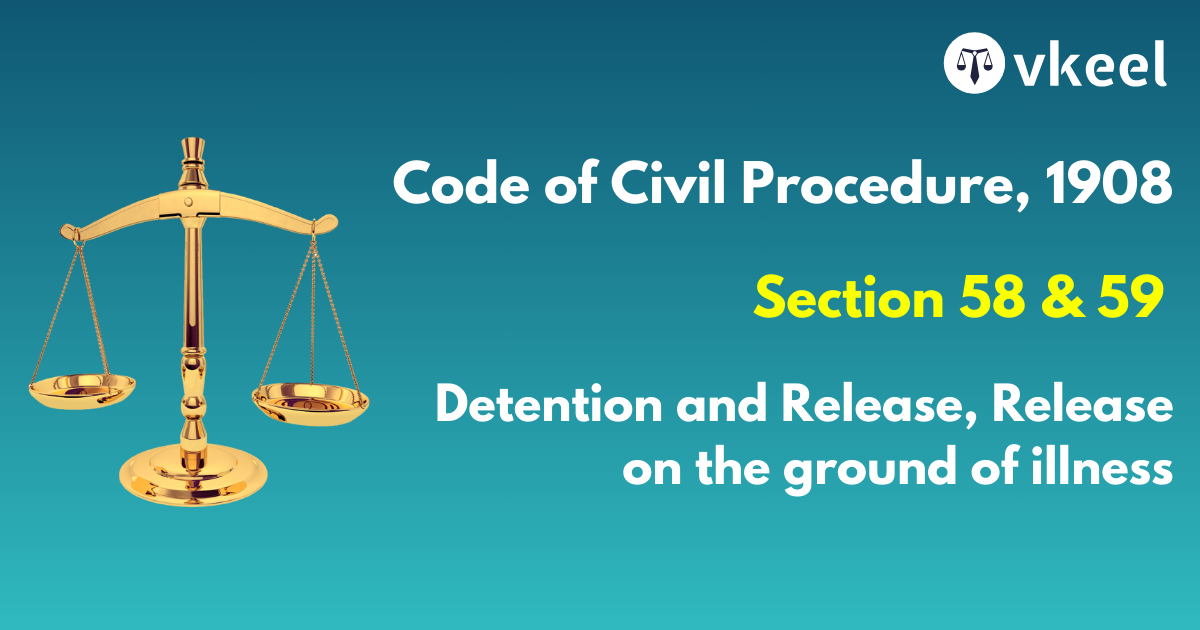Section 15 Code of Civil Procedure,1908 – Court in which suits to be instituted
By Joy Puri
Table of Contents
Introduction
The expression of “court competent to try it” implies that the court possessing the jurisdiction over the respective matter.
The competence of the requisite court by applying the existing and the law of the present times to the respective plaint submitted to the court of law.
Certain classes of the suits in the country cannot be valued in regards to the amount of the money. Therefore, there lies an exception to such suits filed before the courts of law.Taking an example for the same one can cite a suit for accounting.
Furthermore, the section 15 of the Code of Civil Procedure entails that every suit which is to be instituted by a plaintiff in the court of lowest grade competent to try it.
Section 15 of the Code of Civil Procedure, 1908
15. Court in which suits to be instituted—
Every suit shall be instituted in the Court of the lowest grade competent to try it
Scope of the provision
The section 15 of the code is a rule in regards to the procedure of the civil suits. Albeit, every suit has not to be in the court of lowest grade.
The words ‘place of suing’ ordained in section 15 of the provision, expresses its concern only to the venue of the trial and not to the competency of the court in the respective case.
Therefore what has been affirmed in the judicial precedents over the time states that Section 15 stands as an essentially territorial provision of the Code of Civil Procedure, 1908.
Landmark Case Laws
Custodian, Evacuee Property v. Amarnath
Sections 15 to 25 of the Code of Civil Procedure provides for the provisions of law with regard to jurisdiction of the Court for institution of the suit. The word “suit” has not been defined in the Code, though it is generally understood to mean a civil proceeding that commences with the filing of a plaint.
Hurro Chunder Roy Chowdhury v. Soorodhonee Debia
The word “suit” does not necessarily mean an action nor does the words “cause of action” and “Defendant” necessarily mean cause upon which an action has been brought, or a person against whom an action had been brought, in the ordinary restricted sense of the words. Any proceeding in a Court of Justice to enforce a demand is a suit; the person who applies to the Court is a suitor for relief; the person who defends himself against the enforcement of the relief sought is a Defendant; and the claim, if recoverable, is a cause of action.
Anant Raj Industries Ltd v Balmer Lawrie & Co Ltd, 2003
Where defendant sold plant located at place ‘M’ through sale-deed registered at place ‘D’, consideration was also paid at place ‘D’, defendant seller did not remove goods from the plant, plaintiff’s suit for recovery of storage charges which is a suit for damages to immovable property under section 16(e), can be filed at place M and not at place ‘D’ where no cause of action arose.
Mahindra & Mahindra Ltd Vs Kishan Tractors, 1998
However, there was dispute between the parties as to the place of executing the agreement. The trial court did not examine the question whether the cause of section pleaded was triable by the courts at both places and whether the exclusion clause could be effective. The case was remanded for re trial with interaction to consider the said question of territorial jurisdiction.
Case of Patrick Martin A 1989 M 231, 237
Certain classes of suits are not capable of being satisfactorily estimated at money value, eg restitution of conjugal rights; suit for public religious trust, enforcement of registration. The original jurisdiction of the High Court ids taken away by the Family Courts Act. A petition for appointment of guardian of a child can be filed only in a Family Court, which is the lowest grade court competent in such matters.
P Rama Rao v Srikakulam Municipality, 1993
Where the relief asked is for declaration that the impugned proceedings are illegal and void and for availing relief of mandatory injunction, which reliefs are incapable of valuation and so the plaintiff put a notional value in the plaint, the plaint cannot be returned by the court for want of jurisdiction on the ground that the notional value was put to avoid payment of higher amount.
Mahindra & Mahindra Ltd v Kishan Tractors, 1998
The clause in agreement stipulated conferment of jurisdiction on one court at one place. However, there was dispute between the parties as to the place of executing the agreement. The trial Court did not examine the question whether the cause of action pleaded was triable by courts at both places and whether the exclusion clause could be effective. The case was remanded for retrial with a direction to consider the said question of territorial jurisdiction.
Sanjay Kumar alias Mallu v Manoj Kumar Sahu, 2008
A suit for infringement of trade mark can be filed in the Court of District Judge and not in any Court inferior to the Court of District Judge. Only District Judge can take cognizance of the suit.
Conclusion
The aforementioned paras regarding the provision are in reference to the judgements and their interpretations from different courts of law.
The apex court in in its various judicial pronouncements has dictated the importance of the antecedent provision its rulings over the span of time.
Disclaimer:
The information provided in the article is for general informational purposes only, and is not intended to constitute legal advice or to be relied upon as a substitute for legal advice. Furthermore, any information contained in the article is not guaranteed to be current, complete or accurate. If you require legal advice or representation, you should contact an attorney or law firm directly. We are not responsible for any damages resulting from any reliance on the content of this website.

